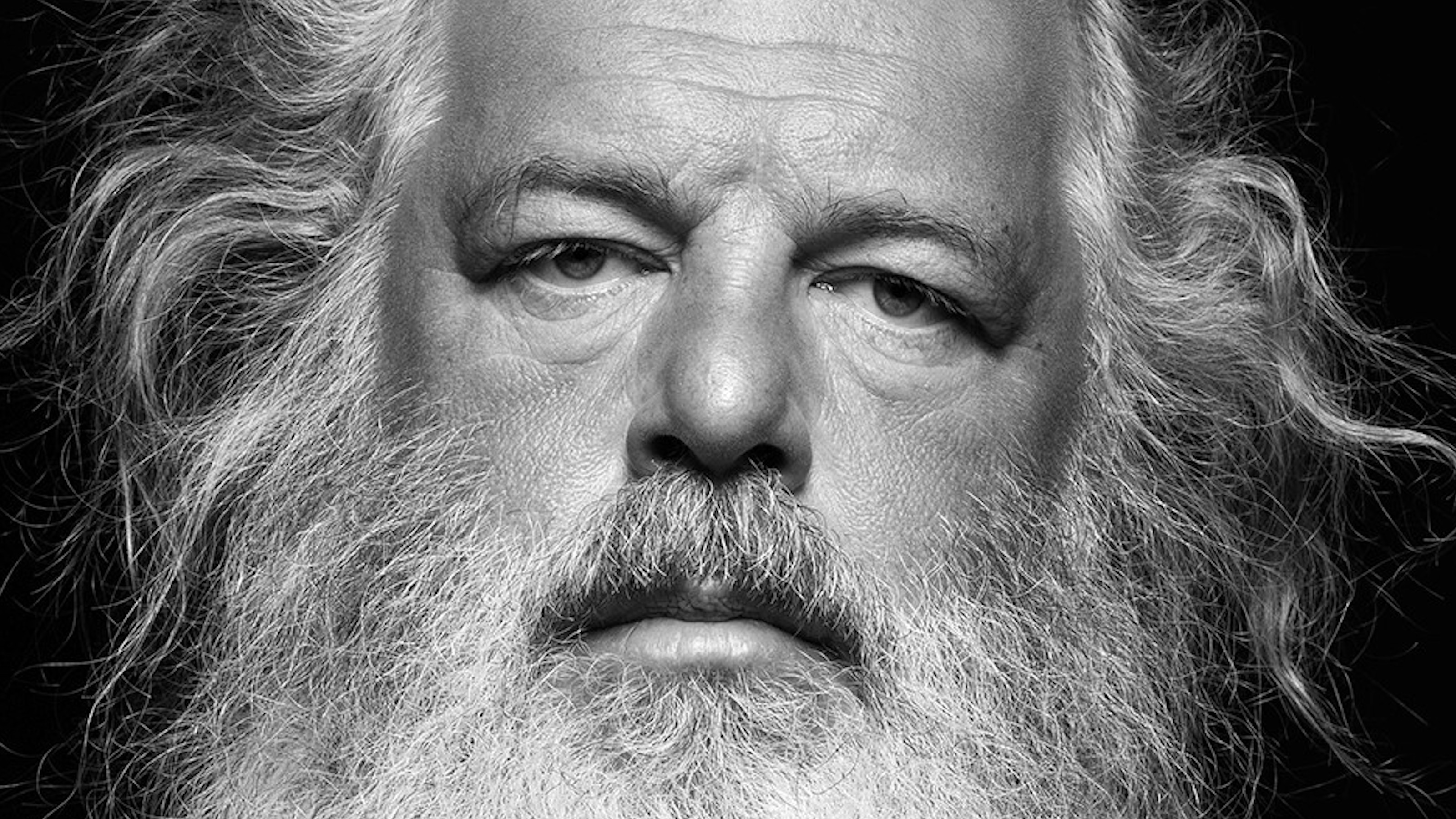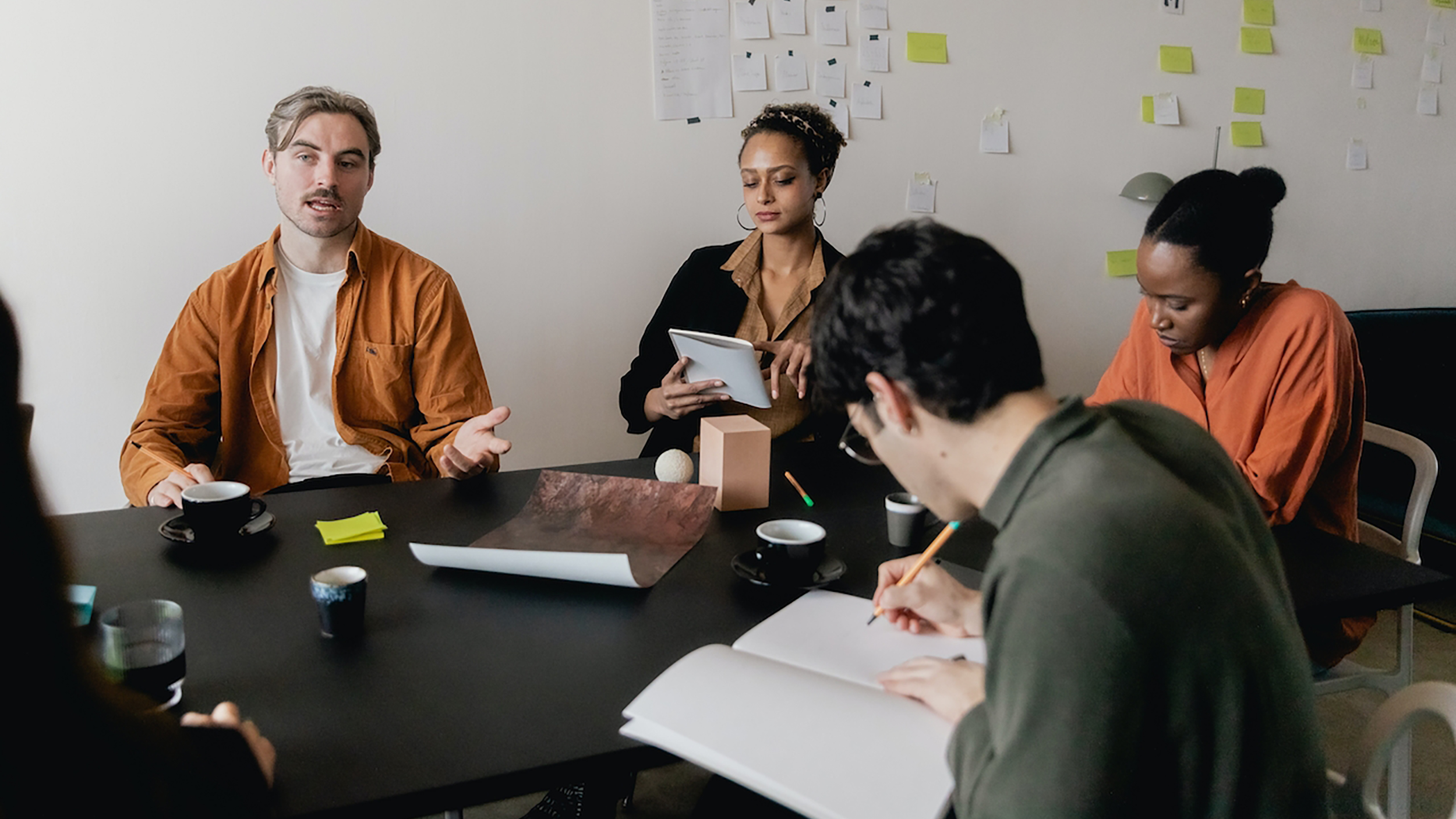Co-creation in hyperdrive: Why a “brave space” should be your new skunk works

- We all crave permission to be brave enough to share what we feel — and know we are safe doing it.
- A “brave space” is a new kind of skunk works: the term for a group given the freedom to break from bureaucracy and work on special projects.
- The benefits of a “brave space” include better ideation, greater trust and fewer barriers.
We all crave it: connection, openness, belonging. But more than that, we all crave the permission to be brave enough to share what we feel and know we are safe doing it. When we are brave with others, a circle forms. This creates a brave space where we can experience shared flow and selfless work, where deep empathy helps us see each other and the nature of our work with new eyes, where we can be vulnerable and respectful as we live out our creative identity. We can design this kind of space. It doesn’t need to be a physical space; it could be the psychological space we extend to each other that allows us to be brave together.
In business, engineering, and technical areas, the term “skunk works” refers to a group given the freedom to break from bureaucracy and work on special projects outside their day job. Brave space is the skunk works for today, applicable to any domain. It’s a blank canvas, a sandbox with toys, a big garage designed for people who want to make a difference through co-creation.
Here are the core features and benefits of a brave space:
It generates ideas. A “safe space” is one in which people can experience respect and psychological safety. A “brave space” starts from a place of respect and takes brave mindsets to push the boundaries of what’s possible with others. We can talk about the stuff that doesn’t usually get talked about. We can face it together without fear of punishment. In a brave space people can build big ideas horizontally, not just vertically. It breaks barriers, crossing teams, organizations, companies, and communities without boundaries.
It encourages sharing. A brave space invites radical candor that’s also respectful, where leaders and peers give honest feedback based on shared principles. It converts passive-aggressive behaviors into open minds and open hearts. A brave space can become an incubator for the best ideas, creative thinking, and co-created solutions.
It empowers people. Connected people feel empowered to connect dots together. It isn’t an exercise in venting, even though it may seem raw. We need raw materials to build. And we need to first see how things really are, not how we imagine them to be. In a brave space, we can lean into new insights and revelations, breaking ground, opening the floodgates, and challenging what’s been done before. Not everything needs to be changed. A brave space allows us to identify what we can improve and provides opportunities to make upgrades. We’ve witnessed innovation in organizations that create a brave space. They don’t wait to see if they can trust their people. They extend trust early and often. When they bring new people into their first meeting, they share a long-standing problem they’ve been facing and tell them, “We want to make this better. Please show us how. That’s why you’re here.” And they mean it. This level of permission converts into power as the whole team bravely build new solutions together.
It makes co-creation possible. A brave space enables better ideation of products moving through the right teams to iterate and hit the market with a splash. In a brave space, we can align ideas to ideas, people to people, and ideas to people. It allows the best projects to be crowdsourced by the culture, based on relevance and the interest of employees. These projects can be supported by senior leaders with resources to accelerate the builds.

Here are some great examples of brave spaces: the “Clapham Circle” in England, built by Hannah More and William Wilberforce, destroyed the slave trade. The “Junto” in Revolutionary-era America, led by Benjamin Franklin and polymaths from different occupations, created the first public library and other innovations. The “Camera Braintrust” at Apple, is revolutionizing what a camera in a phone can do. The “Cultural Braintrust” at Pixar is shaping the future of human stories. The “Mandalorian Gallery” is bringing directors together to shape a shared vision far greater than any single one could imagine. How can you influence the circles you’re in to become brave spaces?
Co-creative teams are the future. The answers won’t be found in a committee or a new program, putting it all on HR, or hiring someone else to solve problems for you.
The size of the team doesn’t matter. Just pull together people seeking to share the vision. You can start small, even with just two or three people—a mini braintrust. This team can build strong co-creative muscles together and have brave conversations that spark creativity. When it takes hold, like it did at Pixar, it can grow from a small group of people to taking hold in the DNA of the organization. Braintrusts everywhere.
Co-creative teams are the future. The answers won’t be found in a committee or a new program, putting it all on HR, or hiring someone else to solve problems for you. We need to build a creative fire that spreads, a wave that grows and carries the whole organization forward, lifting people as it goes, inspiring us to do the best work of our lives.





